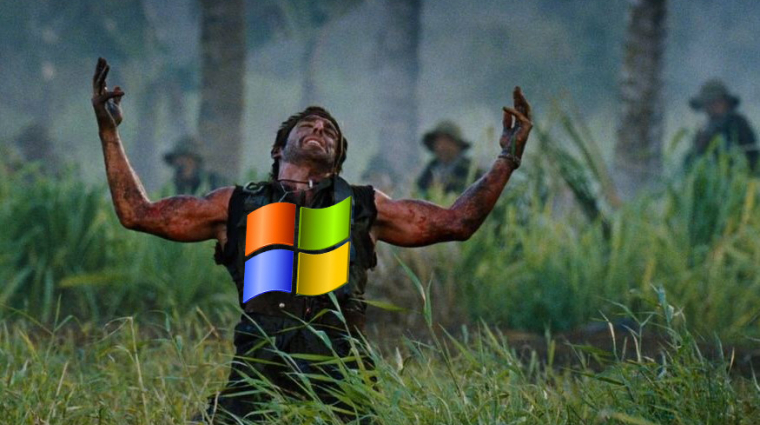#China #sends #spacecraft #moon #takes #samples #side
INDEPENDENT VOICE SURABAYA – China on Friday, May 3, 2024, launched an unmanned spacecraft on a nearly two-month mission to retrieve rocks and soil from the far side of the moon.
The mission makes China the first country to undertake such an ambitious endeavor.
The Long March-5, China’s largest rocket, launched at 17:27 Beijing time (0927 GMT) from the Wenchang Space Launch Center on the southern island of Hainan with the Chang’e-6 probe weighing more than 8 metric tons.
Read Also: Russia Launches Angara A5, Space Rocket from Vostochny Cosmodrome.
Chang’e-6 is tasked with landing in the South Pole-Aitken Basin on the far side of the moon, which always faces away from Earth, after which it will retrieve and return samples.
The launch marks another milestone in China’s lunar and space exploration programs.
“It is still a mystery to us how China was able to develop such an ambitious and successful program in such a short time,” said Pierre-Yves Meslin, a French researcher working on one of the scientific objectives of the Chang e-6 mission.
In 2018, Chang’e-4 gave China its first unmanned lunar landing, also on the far side.
Read Also: China sends astronauts to space station, stays for six months
In 2020, Chang’e-5 marked the first time humans sampled the moon in 44 years, and Chang’e-6 could make China the first country to sample the “hidden” side of the moon.
The launch was attended by scientists, diplomats and space agency officials from France, Italy, Pakistan and the European Space Agency, all of whom had a payload to study the moon aboard the Chang’e-6.
“However, no US organization has applied for a payload bay,” said Ge Ping, deputy director of the Chinese National Space Administration’s (CNSA) Lunar Space and Exploration Program.
China is prohibited by US law from carrying out any collaboration with the US space agency, NASA.
“The far side of the moon has a mystique. Maybe it’s because we really can’t see it, we’ve never seen it other than with robotic explorers or the very small number of humans who have ever been on the other side of it,” said Neil Melville-Kenney, a technical officer at ESA who worked with Chinese researchers on one of the Chang’e-6 payload.









